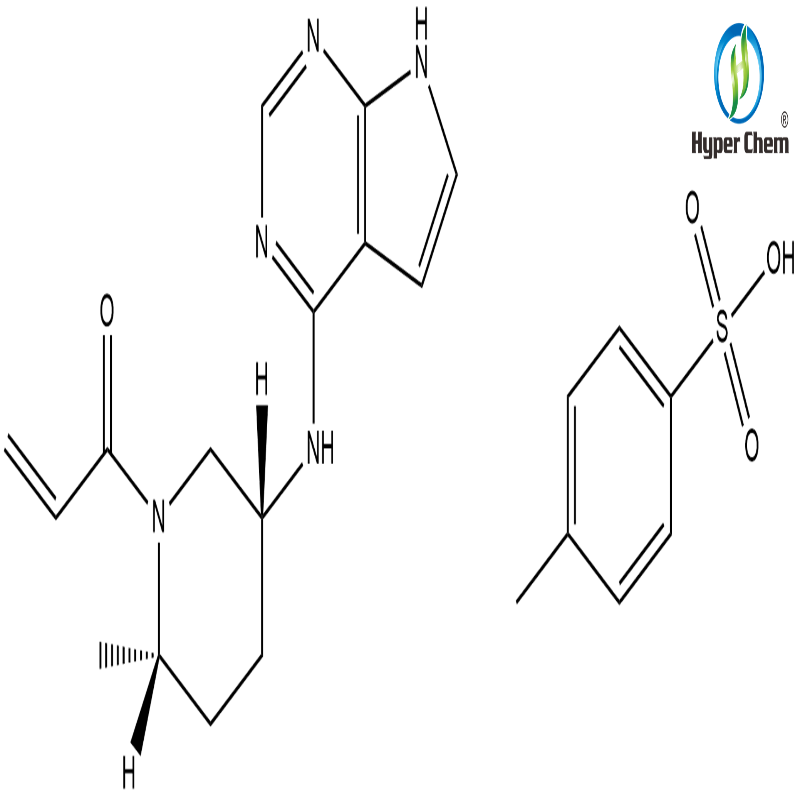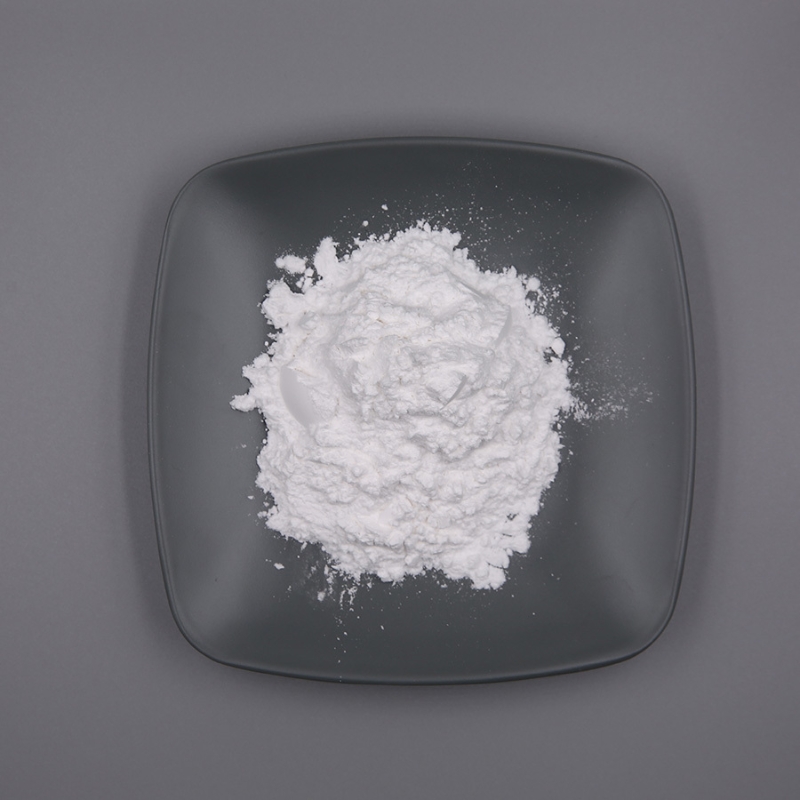-
Categories
-
Pharmaceutical Intermediates
-
Active Pharmaceutical Ingredients
-
Food Additives
- Industrial Coatings
- Agrochemicals
- Dyes and Pigments
- Surfactant
- Flavors and Fragrances
- Chemical Reagents
- Catalyst and Auxiliary
- Natural Products
- Inorganic Chemistry
-
Organic Chemistry
-
Biochemical Engineering
- Analytical Chemistry
-
Cosmetic Ingredient
- Water Treatment Chemical
-
Pharmaceutical Intermediates
Promotion
ECHEMI Mall
Wholesale
Weekly Price
Exhibition
News
-
Trade Service
19, 2020 // -- Multiple sclerosis is an autoimmune disease of the central nervous system that affects millions of people around the world and can seriously affect the quality of daily life of patients.
that despite current treatments for the disease, researchers still need to look for new strategies that can be more effective in treating the disease and preventing it in the long term.
a recent study published in the international journal Nature Biomedical Engineering, scientists from the University of Chicago and other institutions developed a new treatment for multiple sclerosis by fusing cytokines into blood proteins. In mouse bodies, this treatment can block the penetration of damaged immune cells into the body's central nervous system, but also reduce the level of cells that play a key role in the development of multiple sclerosis, which can reduce the symptoms of the patient's body and even achieve effective prevention of disease.
,' said Jeffrey Hubbell, a researcher at CC0 Public Domain. 'We're excited that we can now suppress the symptoms of multiple sclerosis in a way that's more effective than current treatments.'
Although the vast majority of immune cells protect the body from disease, in patients with multiple sclerosis, autoreactive immune cells are immersed in the body's central nervous system and cause damage to the body, and recent studies have shown that Th17 cells can migrate to the brain and play a key role in the severity of multiple sclerosis, and Th17 cells are immune cells active in the body's secondary lymphatic organs.
many current drugs for multiple sclerosis can block the targeted tissue by isolating these cells in the lymph nodes, but these drugs often have certain side effects.
An anti-inflammatory cytokine called leukokine-4 (IL-4) inhibits the expression of genes that promote multiple sclerosis, and it has been found to inhibit the reactivation of Th17 cells as a potential therapeutic tool, and researchers need to find a way to maintain leukokin-4 in secondary lymphatic organs to ensure that Th17 cells are inhibited and do not migrate.
To do this, the researchers integrated lebino-4 with a blood protein and then injected it into mice with experimental autoimmune encephaloartelin (model of mice with multiple sclerosis). It was found that the fusion of leukokin-4 with blood protein can promote the stay of leukokin-4 in the secondary lymphatic organs, thus reducing the immersion of Th17 cells into the spinal cord, which in turn can achieve the suppression of the disease and the withdrawal of patient symptoms.
In addition, the researchers also found that the new treatment can even effectively prevent the vast majority of mice subjected to multiple sclerosis, this study is the first time scientists have demonstrated the integration of special blood proteins and immunosuppressive cytokines to treat and prevent multiple sclerosis, although the treatment showed some side effects, but the next step researchers will be to study the toxic effects of the therapy in the hope of bringing the therapy to human clinical trials as soon as possible.
researcher Hubbell said the treatment could in the future allow people with multiple sclerosis to inject themselves at home with an injection pen, while also effectively improving the quality of life of patients and reducing their risk of developing symptoms.
() Original source: Ako Ishihara, Jun Ishihara, Elyse A. Watkins, et al. Prolonged residence of an albumin-IL-4 fusion protein in secondary lymphoid organs ameliorates an autoimmune encephalomyelitis, Nature Biomedical Engineering (2020). DOI:10.1038/s41551-020-00627-3







